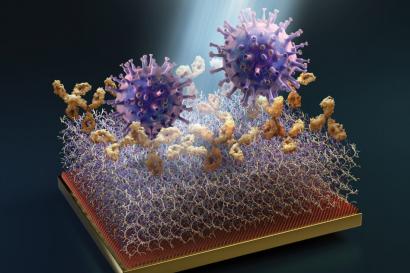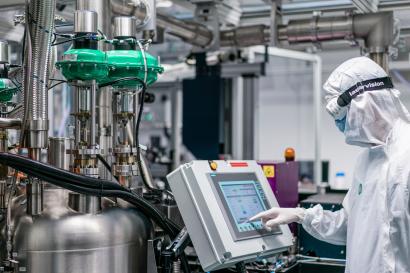Three MSCA grant holders arrive at the FZU, bringing Half a Million Euros for Physical Research
A total of 11 postdoctoral researchers have headed back from abroad to Czechia as grant holders of the Horizon Europe’s “Excellent Science” programme. Three of the researchers who will be developing their career path at the Institute of Physics have received a total of 498 836,16 Euros awarded to them as part of the Marie Skłodowska-Curie Postdoctoral Fellowships in order to finance their research in physics. In addition to this, the FZU has received an ERA Postdoctoral Fellowship.







